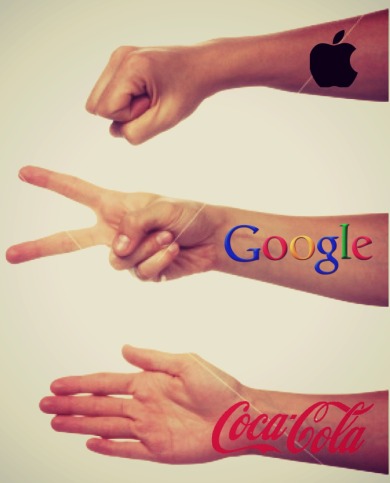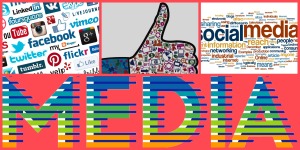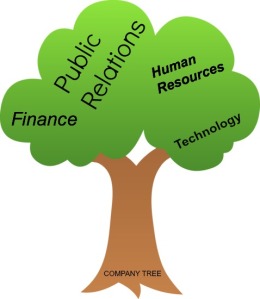On PR Daily, I came across an article titled Why Millennials Should Handle Your Social Media; this article was written by Lauren Rothering in response to an article she had read when she was 23 stating why millennials SHOULD not be able to handle social media. When I came across this title, I was intrigued because I, too, am a millennial and usually you do read negative articles about my generation and our work ethic.
Rothering listed 5 main reasons why millennials SHOULD handle the social media of a company and as I read through, I could not stop nodding my head in agreement. Social media is something that we have grown up with; from the time we reached 3rd grade we were on AOL Instant Messenger, MySpace and then we all moved to Facebook, Twitter and now Instagram. Social media has evolved as we have continued to age so why would the millennials not be best at something they were constantly growing with?
Although I am unsure if Rothering’s article had her ideas in the order she thought were most prevalent, I feel that some are a lot more crucial to be hit upon…
Rothering’s number 3 and 4 hit on the assumptions that are made that we aren’t trustworthy enough or mature enough. THANK YOU! There have been so many times where they have been notions made that this generation isn’t trustworthy. In my opinion, the term trustworthy can pertain to so much. Rothering referred to us “locking the social media accounts”; are we five? I think is where the maturity aspect comes in. At 23, we are mature enough to enter the work force.. I mean we have set in a classroom for 4 or even 5 years obtaining a degree to get us to this point. We are constantly using our own social media sites on a daily basis, we haven’t seemed to get locked out of them?
Lastly, Rothering made the point that I made in the beginning stating that social media isn’t new to us. It sure isn’t! Although there is training for employees and people in the work force in social media, we have explored on our own and have probably experienced more add-ons that are even covered in the training. I can say that I truly know Twitter and Facebook like the back of my hand so to do a few posts would just be natural for me.
This article really just made me think about my experiences with Clients in The Agency and how they were reaching out to students, whom of which haven’t even graduated yet, for advice on how they can make their office or business more successful. The truth is, we did help with that and they have a lot more communication with potential consumers. I guess millennials really are the key to success and it is our job to prove all of the doubters wrong.
Sources
Rothering, L. (2013). Why millennials should handle your social media. Retrieved on November 17, 2013 from PR Daily http://www.prdaily.com/socialmedia/Articles/15612.aspx










